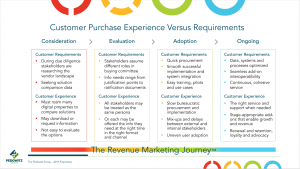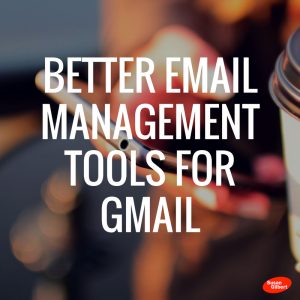By Emily Guy Birken
A prospectus is a bit like a user’s manual for an investment. Companies that issue stocks and bonds and mutual funds, and exchange traded funds, are all required to file prospectuses with the Securities and Exchange Commission (SEC). The prospectus offers detailed information about the security for sale and is intended to give all investors the necessary information to make good investment decisions.
Unfortunately, just like a user’s manual for your latest gadget, a prospectus is hardly a gripping read. So how are you supposed to make knowledgeable choices about your investments when the information is buried in a document that could double as a nonnarcotic sleep aid?
The trick to reading a prospectus is to know what information you need to hone in on. Here’s what you need to know about getting the most out of reading a prospectus—without being rendered comatose.
Where Can You Find a Prospectus?
You can’t read a prospectus you don’t have, so the first order of business is knowing where to find the prospectus of any security you’re interested in. This is much simpler now that we live in the 21st century, since all prospectuses are available online. You can go directly to a company or fund’s website to download the prospectus, which is usually found in the Investor Relations section of the website.
Alternatively, you can also search for the prospectus on the SEC’s Electronic Data Gathering, Analysis, and Retrieval System (EDGAR) site. The EDGAR website allows you to search for specific companies’ prospectuses and other filings.
What Kinds of Prospectuses Are There?
You may encounter a number of different types of prospectuses, but most investors who don’t already speak fluent NASDAQ may want to start with a summary prospectus.
The summary prospectus is a short-form distillation of the most important information in the prospectus and is usually no more than three to four pages.
Alternatively, the statutory prospectus is a more detailed document that allows you to get a fuller picture—but it does require you to wade through much more information to find what you need.
What Information Is Included in a Prospectus?
Investors can expect to find some basic information in all prospectuses, such as:
Additionally, mutual fund and ETF prospectuses are also required to detail the fund’s investment objectives and strategies for meeting those objectives, the principal risks of investing in the fund, fees and expenses, and the past performance of the fund.
What Information Do You Need to Pay Attention To?
Even the most die-hard money geek may find their head spinning upon encountering all this information—which is why so few people read prospectuses.
But just because the prospectus offers all this information doesn’t mean you have to read it all. You just need to know the basic information that will affect your investments. Specifically, you will want to pay attention to the following pieces of information:
Knowing What You Need to Know
Thankfully, a prospectus is not something you have to read cover to cover to get all the information you need. Understanding what you will find in a prospectus and which portions are important to you can help reduce the intimidation factor—and the likelihood that it will induce snoring.
Emily Guy Birken is a Milwaukee-based personal finance writer. Her books include The 5 Years Before You Retire, Choose Your Retirement, Making Social Security Work for You, and End Financial Stress Now.
(1)









